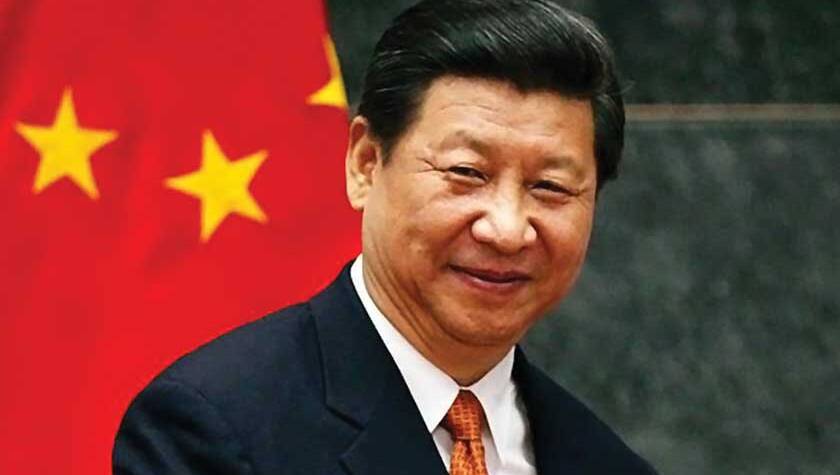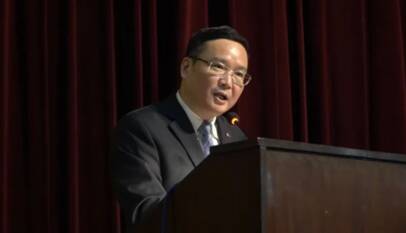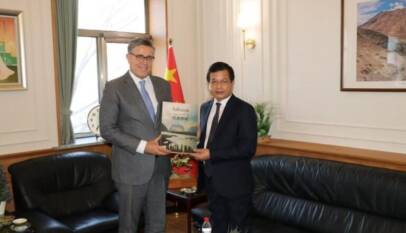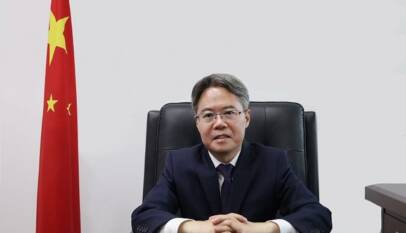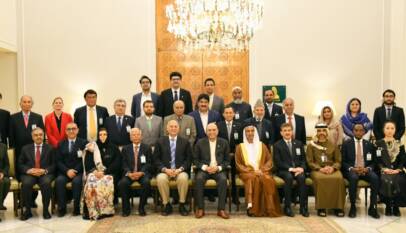China achieves an incredible feat of alleviating 70% global poverty: Shakeel Ahmad Ramay
On February 25, President Xi Jinping announced the end of absolute poverty in China. This was an incredibly difficult achievement. The World Bank commended the achievement and highlighted the fact that China’s contribution to the global effort to end extreme poverty is 70 percent. China achieved the target 10 years before the deadline prescribed under the United Nations’ Sustainable Development Goals. China is celebrating the triumph. President Xi has distributed appreciation medals among the heroes of the fight against poverty. The world is admiring China. It is also wondering how this miracle happened.
China achieved the incredible feat by adopting a comprehensive policy and execution framework under the leadership of the Chinese Communist Party (CPC). It devised long-term, medium-term and short-term plans such as the century goals, five-year plan, and the Central Economic Work Conference with the objective of development. Inclusiveness is a prominent feature of all these policies and plans. The CPC and the Politburo Committee led the work and engaged each tier of the government and party with a specific goal. The CPC leadership ensured continuity in implementation by raising a Leading Group on Poverty Reduction and Development in 1986. The idea behind creating this group was to steer economic growth, development and poverty elimination simultaneously.
The Leading Group kept refining its strategy to eliminate poverty by assigning the central role to industry and employment. Studies on poverty alleviation highlighted that employment was used as a strategy to serve a dual purpose; on one hand it helped to eliminate poverty and on the other, it infused the spirit of hard work amongst the masses. In the 1980s, Township Village Enterprises (TVE) and agriculture reforms were used to simultaneously target growth, development and poverty. The purpose of this strategy was to encourage people to seek self-reliance.
Simultaneously, the CPC undertook policy reforms and follow-up actions. President Xi Jinping built on this philosophy. He started readjusting the economic policy and focus eight years ago. He was convinced that the last leg to achieve the goal of a poverty-free China would be the most difficult. He argued that China needed to be innovative and more efficient. Xi Jingping started to reform the policy and the strategies.
First, he shifted focus from high-speed growth to high-quality development with human and nature at the centre. Second, President Xi believed that nothing could be achieved without improving governance and eradicating corruption. He declared corruption the biggest evil in the fight against poverty. He launched a comprehensive campaign against corruption at all levels without any discrimination. Third, he strengthened the role of the CPC and mobilised its members all over the country. According to Chinese government ten million people were mobilised during the last phase of poverty alleviation. The goals were achieved in a systematic way and matched to the needs. In the first phase, the cadres were deployed to collect the data. In the second phase, the government deputed a helper for each household and an assistance team for every village. In the third phase, the CPC ordered that the poverty reduction teams will not be allowed to leave the area until poverty had been eliminated.
President Xi also launched a programme of six precise measures: first, precisely identifying the poor; second, accurate project arrangements; third, proper use of funds; fourth, household-targeted measures; fifth, precise stationing of poverty-relief officials in villages; and sixth, defining measures of poverty relief. Through these measures the government ensured that information is household- and individual-centred; the design and management of the project is targetted and that every action point of the project is focussed on specific objectives. The government also took extreme measures to ensure that there is no corruption in the allocation and spending of funds.
President Xi also gave the Five Batches vision. These included expanding production to increase employment through relocation, offering ecological compensation opportunities, education and the provision of subsistence allowances. First, he modified the employment plans, through industry or self-employment, policy according to modern needs. China, under his leadership launched 10,000 enterprises and a 10,000 villages programme by assigning tasks to each industry for a specific village. Second, the government relocated people, who were in difficult or no connectivity zones or lost the productive resources like land or degradation of resources to places with better economic opportunities. Third, people were encouraged to participate in protection of fragile areas by creating jobs. Fourth, education was identified as the main instrument to uplift the living standards of people.
China made special efforts to provide education in the poorest areas which resulted in 10.8 years of education among the working class in 2020. Subsistence was only allowed for those people, who are unable work due to age or disability. The Ministry of Human Resources and Social Security statistics show that during the last eight years more than 90 percent people broke the poverty trap by industry or employment-driven activities in China.
Pakistan and China are currently in the process of launching a platform for poverty alleviation in Pakistan. In addition to this platform, Pakistan can benefit from the six ‘100 Programmes’ of China under the umbrella of South-South Cooperation. The programme list includes: 100 poverty alleviation programmes, 100 agricultural cooperation programmes, 100 trade-promotion programmes, 100 ecological protection and climate change programmes, 100 hospitals and clinics, and 100 schools and vocational training centres. China has launched these programmes to help other countries in the fight against poverty.
However, to derive benefit from these Pakistan needs to ponder on two questions: first, what are the lessons from the Chinese success; and second, how to benefit from the experience of China? The answers lie in accurate data collection, the eradication of corruption, decentralised implementation and the unity of political leadership.
Pakistan also needs to change the mindset that favours “subsistence allowances”. It is harmful as it encourages people to go for easy money. It is also a burden on the national exchequer and creates difficulties for the country in the long run. The subsistence allowance must only be for the disabled and the elderly, who cannot work and have no means of income. Pakistan should focus on employment generation. People should be encouraged to go for entrepreneurship. Industries should be required to contribute according to their resources. This be done by creating jobs and market opportunities rather than as CSR. Pakistan can also learn from the “10,000 enterprises and 10,000 villages programmes”.
Pakistan needs to realise that without meaningful reforms, it will not be able to benefit from the Chinese cooperation.
Chinese Ambassador highlights significance of Third Plenary Session for China-Pakistan cooperation
The Third Plenary Session of the 20th Central Committee of the Communist Party of China ha…



